When I started this blog, I was concerned that between work and gigs, I might not be able to update this as often as I would like. That was true enough – work has been very busy this past month. So here is a delayed version of my impressions of the 2009 Cabrillo Festival of Contemporary Music in Santa Cruz.
The two opening concerts of the first weekend were outstanding. I have heard lots of great pieces and performances at Cabrillo over the years, but the performance of Osvaldo Golijov’s Azul on Friday, August 7 was an all-time highlight. I had heard Golijov’s Ayre when Dawn Upshaw and company performed it as Stanford a while back. I liked it, but it didn’t knock me out. This revised version of Azul knocked me out.
Alisa Weilerstein was a phenomenal cello soloist – one of those players where the sound-to-soul connection seems particular direct. Besides the orchestra, she was accompanied by a halo of concerto grosso-like soloists – Cyro Baptista and Jamey Haddad on percussion, and Michael Ward-Bergeman on hyper-accordion. The four soloists really shone as a quartet in the Transit movement, a cadenza that kicks the already-high energy level of the piece into yet another gear. I will definitely be searching out Weilerstein for future performances.
Golijov made some interesting introductory comments about how a lot of classical music has horse-driven rhythms, and a lot of minimalist and other more populist 20th/21st-century music has motorcycle-driven rhythms. In contrast, his own piece has bird-based rhythms. If you’re thinking Messiaen, not quite – the rhythms invoked are those of wings and flight rather than birdsong. It was the type of insight into a composer’s thought process that I wish was shared more frequently and candidly in either program notes or pre-performance talks.
Australian composer Brett Dean had two pieces performed at Cabrillo on opening weekend, and it was great to be introduced to such a fine composing talent. Moments of Bliss was the concluding work on Saturday’s program, an orchestral suite that was written as part of the process of composing the opera Bliss. The opera was completed just a few weeks before Cabrillo and will be premiered in Sydney next year. The orchestral suite was a compelling listen in its own right. But since none of this is vocal music transcribed for orchestra (unlike, for example, the Doctor Atomic Symphony by John Adams), it does not give much insight into what type of opera this will be. Amphitheatre, a shorter work by Dean, made for a serious curtain-raiser on opening night. Both pieces were full of imagination, personality, and prominent contrabass clarinet parts. I look forward to hearing more of Dean’s music in the future.
Another Australian composer, Matthew Hindson, had the interesting task of providing the curtain-raiser for the Grateful Dead Symphony on Sunday. Rave-Elation (Schindowski Mix) brings the time-honored tradition of classical music adapting popular dance music into the techno era. (Or so the composer claims: the dance influence is self-evident, but I am no expert on techno music.) It was a fun piece which whetted my appetite to hear more of Hindson’s music. A good place to start is his Violin Concerto, recorded by Lara St. John and coupled with works by Corigliano and Liszt. Matthew has been a long-time Recordare customer and supporter of the MusicXML format, so it was great to be able to finally meet him and hear his music live at the festival.
The other pieces the first weekend were enjoyable as well. David Heath’s Rise from the Dark is one of those pieces whose secrets are unraveled gradually over the course of the work. It made me want to hear the piece again once it’s done so I could hear it in the context of what comes afterwards as well as what comes before. Alas, there’s no chance of that for a piece this long, and this was its world premiere. Hopefully it makes its way further into the world and onto a recording. Avner Dorman’s Spices, Perfumes, Toxins! was a double-percussion concerto featuring wonderful playing by the orchestra’s own Steve Hearn and Galen Lemmon. Enrico Chapela’s ínguesu made for a fun curtain-raiser on Saturday. Lee Johnson’s Dead Symphony No. 6 was aimed at a different demographic than me, so I hesitate to judge it. I must confess though that I preferred hearing Elvis Costello and the Sugarcanes break out a suprising rendition of the Dead’s “Friend of the Devil” at the Mountain Winery a week later.
The Saturday concert on the second weekend did not quite maintain the first weekend’s level of exhilaration. The concert concluded strongly with Magnus Lindberg’s Seht die Sonne, a rare chance to hear a second performance of a new piece so soon after the first, which we heard at the San Francisco Symphony last year. The Symphony’s co-commissioning of the piece with the Berlin Philharmonic was oddly omitted from the Cabrillo program notes. The opening James MacMillan work, three interludes from his opera The Sacrifice, made for an interesting beginning. But in between those works was a disappointing trumpet concerto by Joby Talbot. You know you are in trouble when the most interesting music in a trumpet concerto is an oboe melody.
Overall, the programming of this year’s festival was wondrous. Marin Alsop and the Festival Orchestra sounded better than ever together. I look forward to hearing what they come up with next summer!
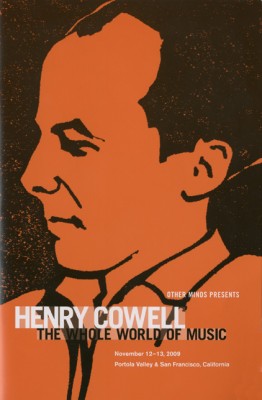 I finally had a chance to attend an Other Minds concert: the first of a two-concert series devoted to the American composer Henry Cowell. Other Minds is one of the Bay Area’s great new music organizations, and for this concert they came down to the Peninsula. Henry Cowell was born and raised in Menlo Park, just a few miles from the Portola Valley concert venue.
I finally had a chance to attend an Other Minds concert: the first of a two-concert series devoted to the American composer Henry Cowell. Other Minds is one of the Bay Area’s great new music organizations, and for this concert they came down to the Peninsula. Henry Cowell was born and raised in Menlo Park, just a few miles from the Portola Valley concert venue.
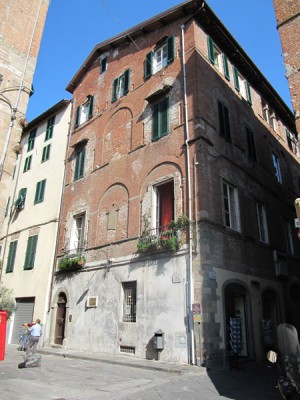 There is a nice statue nearby. Lucca also has a lot of signs still up from the sesquicentennial of Puccini’s birth, letting you know of various sites important in Puccini’s life.
There is a nice statue nearby. Lucca also has a lot of signs still up from the sesquicentennial of Puccini’s birth, letting you know of various sites important in Puccini’s life.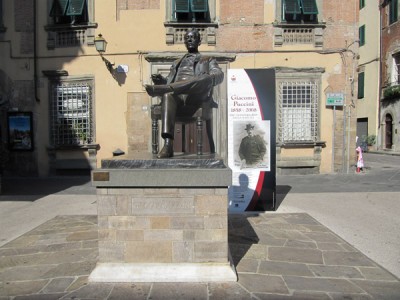
 There’s a sculpture near this house as well, complete with cigarette, though not very visible in this shot.
There’s a sculpture near this house as well, complete with cigarette, though not very visible in this shot.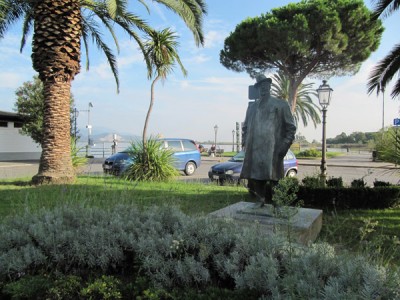 One of our favorite restaurants in Lucca, Gli Orte di Via Elisa, has a Puccini-themed room.
One of our favorite restaurants in Lucca, Gli Orte di Via Elisa, has a Puccini-themed room.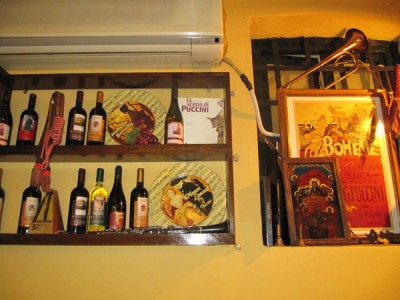
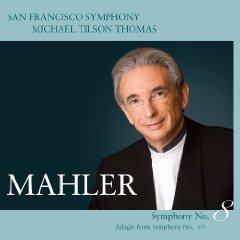
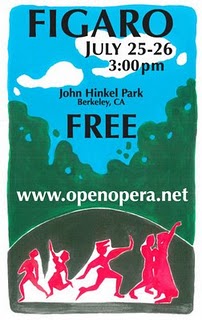 If you are in the East Bay this weekend, here’s the best music deal of the year. Come to see Open Opera’s free performances of Mozart’s masterpiece Le nozze di Figaro at the John Hinkel Park amphitheater in Berkeley. Performances are Saturday, July 25 and Sunday, July 26 and 3:00 pm.
If you are in the East Bay this weekend, here’s the best music deal of the year. Come to see Open Opera’s free performances of Mozart’s masterpiece Le nozze di Figaro at the John Hinkel Park amphitheater in Berkeley. Performances are Saturday, July 25 and Sunday, July 26 and 3:00 pm.